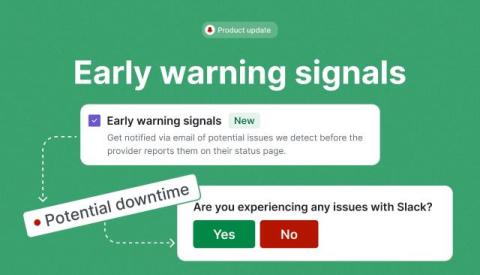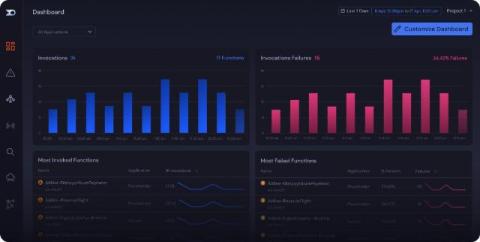Streamlining Ecommerce Operations: A Case Study on Resolving Stuck Orders with Automation
In the fast-paced world of ecommerce, efficiency is everything. The Global Operations Center (GOC) TOO team constantly battles with ecommerce store orders that get stuck, causing delays and resulting in customer dissatisfaction. Here’s a look at how one retail organization transformed their order troubleshooting process using automation.











